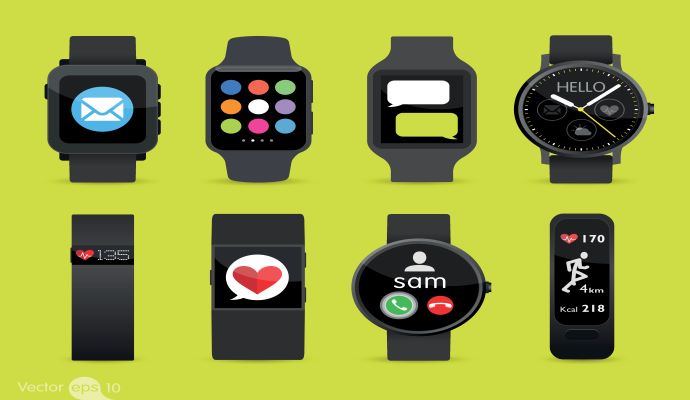OSU Researchers Create Wearable Sensor to Monitor Muscle Atrophy
A study assessing the wearable sensor found that it could monitor small changes in overall limb size and detect muscle loss of up to 51 percent.

Source: Getty Images
- Published in IEEE Transactions on Biomedical Engineering, a recent study from Ohio State University (OSU) found that an electromagnetic, wearable sensor developed by OSU researchers was a reliable alternative to MRIs for detecting muscle atrophy.
Often a side effect of degenerative disease, aging, or muscle disuse, muscle atrophy refers to the loss of skeletal muscle mass and strength. The standard assessment method for this condition is an MRI, which physicians use to evaluate muscle deterioration. However, frequent MRIs can be expensive and impact the timeliness of testing.
To address these issues, researchers from OSU created an electromagnetic sensor made from conductive 'e-threads' as a substitute for MRIs.
In the process of validating the sensor, researchers constructed 3D-printed limb molds and used ground beef as a simulant for calf tissue. The study results indicated that the sensor was able to measure small-scale volume changes in overall limb size. It was also able to detect muscle loss of up to 51 percent.
“Ideally, our proposed sensor could be used by health care providers to more personally implement treatment plans for patients and to create less of a burden on the patient themselves,” said Allyanna Rice, lead author of the study, PhD student, and a graduate fellow in electrical and computer engineering at OSU, in a press release.
This effort builds on previous research in creating health sensors for NASA. Rice and other researchers worked with the space agency to create a device to monitor astronaut health. According to the press release, scientists know crew members on short spaceflights can experience a 20 percent loss in muscle mass or bone density.
Rice, however, noted that a sensor would allow astronauts to track their health without the need for a physician. Along with her co-author Asiminia Kiourti, a professor in electrical and computer engineering at OSU, Rice created a wearable device that uses two coils, one to transmit and the other to receive. It also included a conductor made of e-threads running along the fabric in a zig-zag pattern. The new muscle atrophy sensor also uses this pattern.
Rice stated that though the sensor is far from implementation, a future goal involves the development of a mobile app that would connect to the sensor and deliver information to healthcare providers.
“In the future, we would like to integrate more sensors and even more capabilities with our wearable,” Rice said.
Increasingly, researchers are aiming to create wearable devices to treat chronic conditions.
For example, following a large grant from the National Institutes of Health (NIH) in December 2022, researchers from the University of Missouri created a material for a wearable monitor designed to track heart health.
According to researchers, heart disease requires early detection and timely intervention. The grant from the NIH allowed researchers to support the ongoing development of a multifunctional heart monitor that uses an electrocardiogram to measure the electrical signal of the heart, along with the seismocardiogram to measure heart vibrations. This information can then be recorded onto an electronic device and sent to a healthcare provider.
